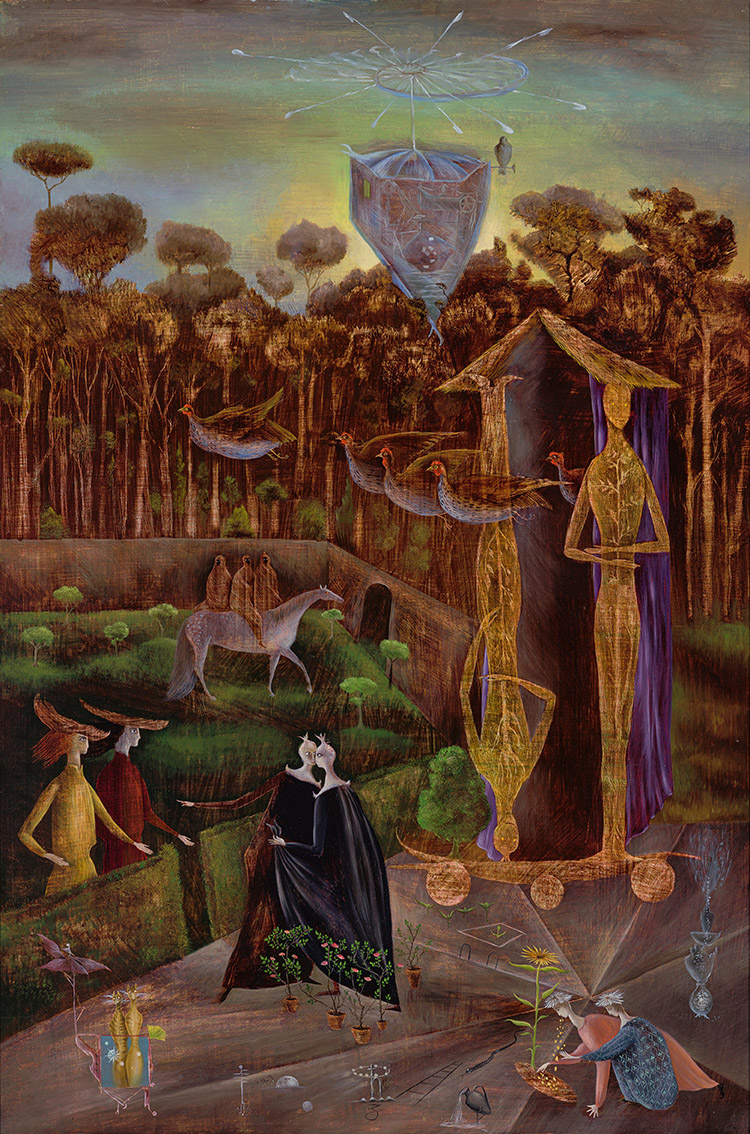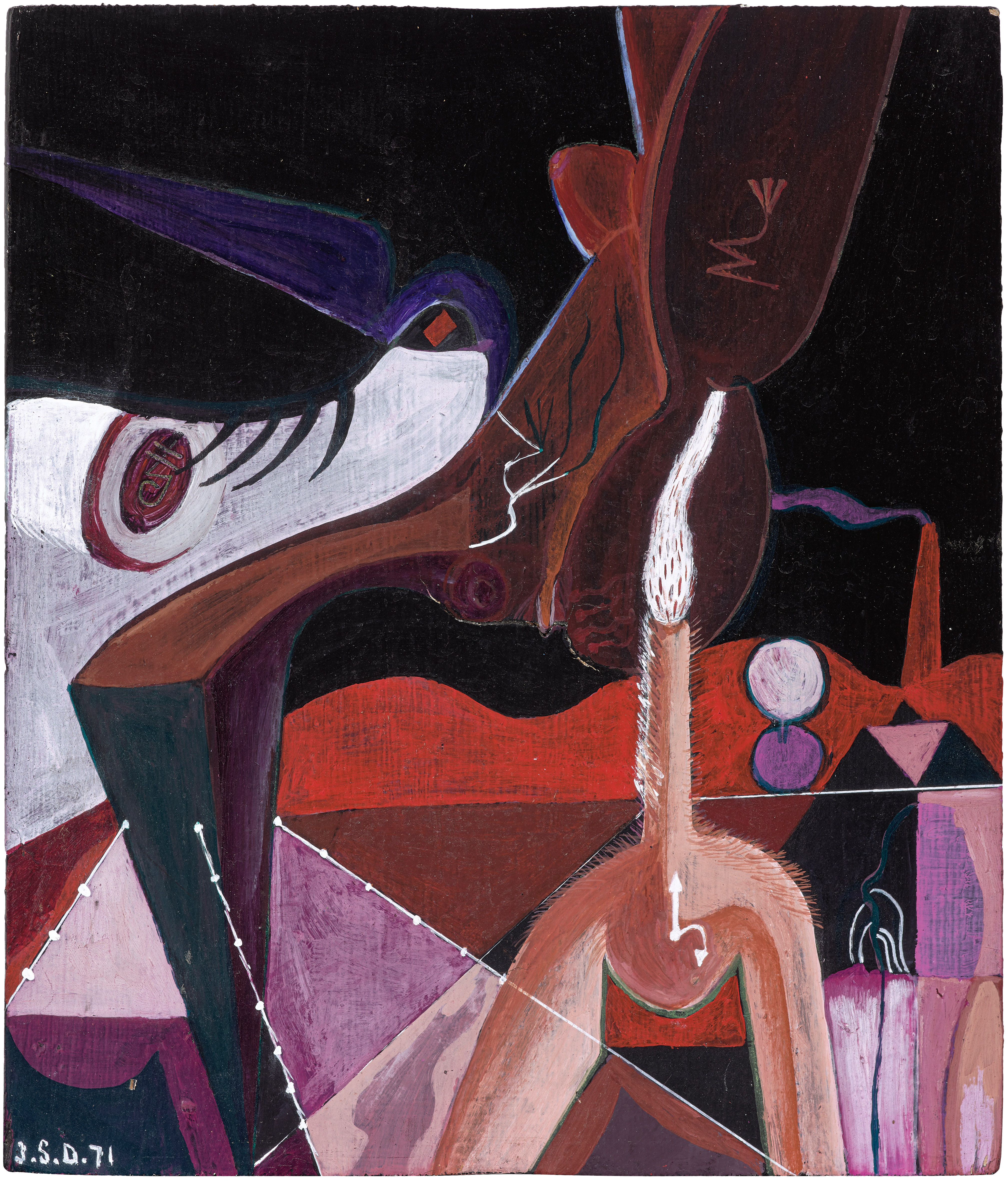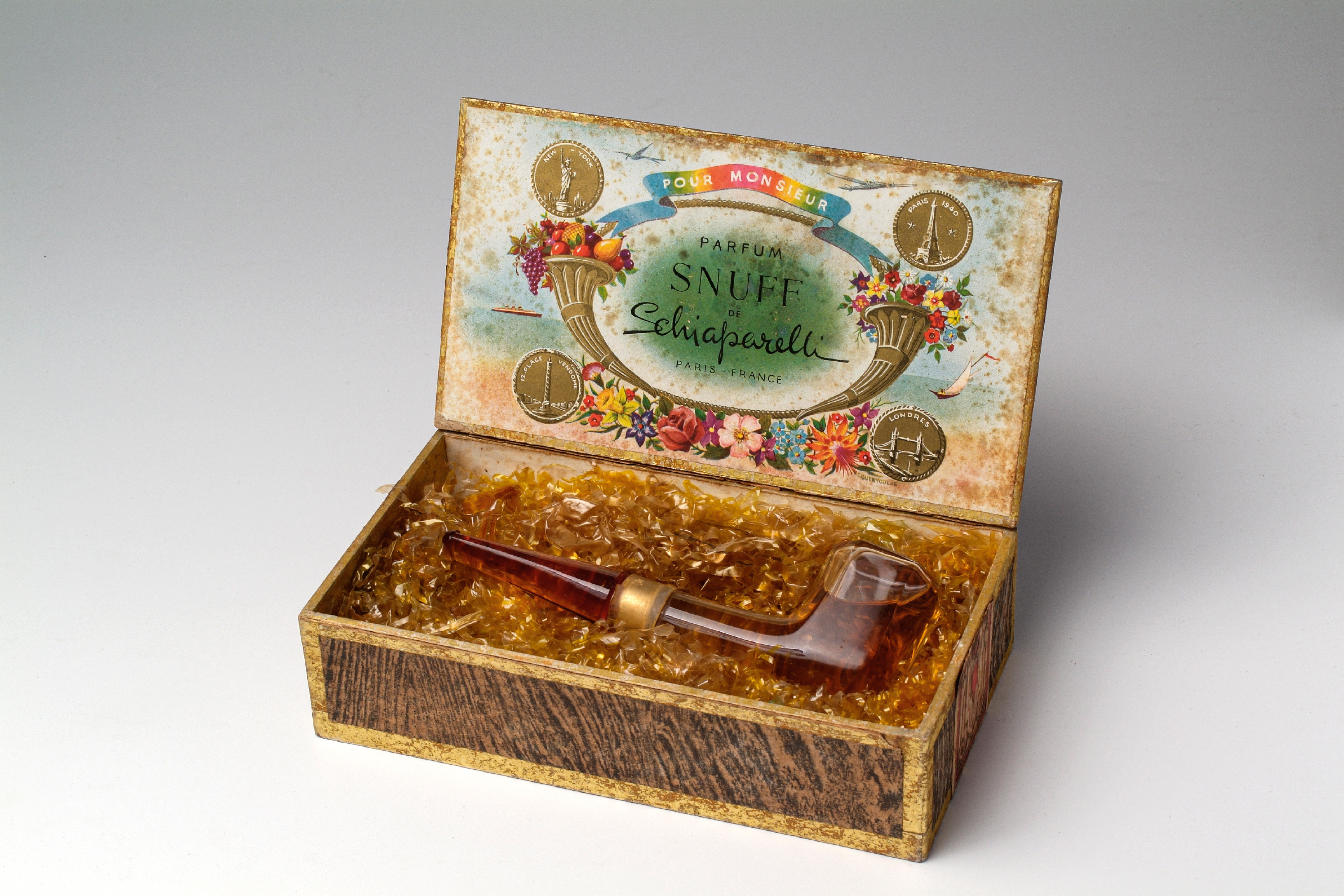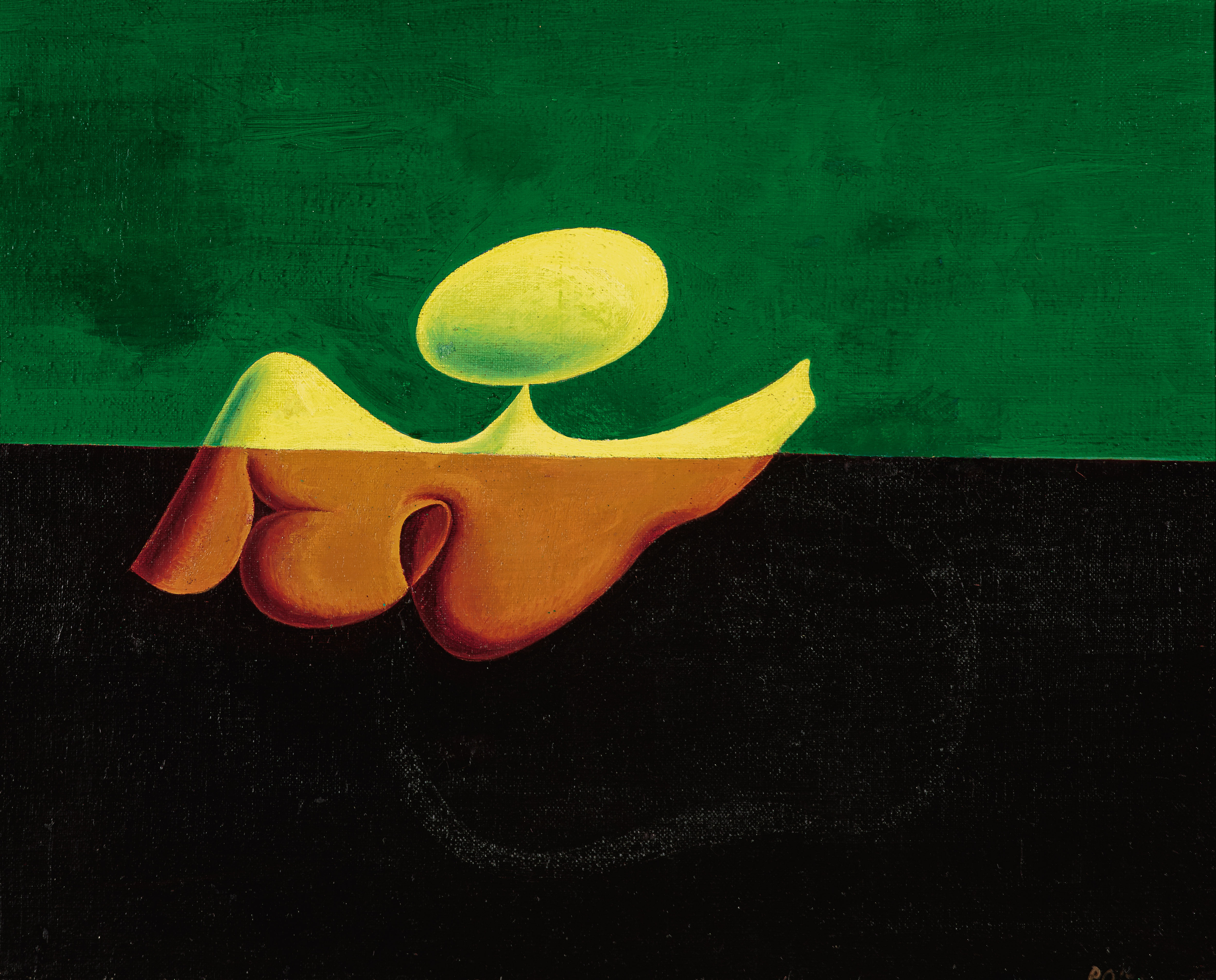Eileen Agar, seated figure, 1956, Olio su tela, Museum Boijmans Van Beuningen, Rotterdam
Thus in the Manifesto of Surrealism of 1924 André Breton defined the principles of the most dreamlike of the avant-gardes of the 20th century. More than a style or an artistic movement, Surrealism was rather an attitude, an alternative way of conceiving the world or thinking. This attitude is dedicated to the exhibition that from tomorrow, March 22, until July 30, brings to the Mudec – Museum of Cultures paintings, drawings, sculptures, artefacts from the collection of the Boijmans Van Beuningen museum in Rotterdam, with its unique casket of surrealist art, in comparison with some works from the permanent collection of the Milanese museum.
Piet Ouborg, Composizione, 1931, Olio su tela, Rotterdam, Museum Boijmans Van Beuningen
But above all the path titled Dalí, Magritte, Man Ray and Surrealism. Masterpieces from the Boijmans Van Beuningen Museum will offer a fascinating focus on the Surrealists’ interest in native cultures. The group’s criticism of industrialized Western culture and society led representatives to look elsewhere for alternative models. This research led Breton and his colleagues to study and collect the ethnographic objects which became part of the conceptual horizon of the movement.
For the Surrealists, native cultures were not a mere aesthetic or collecting interest, but represented one of the reference themes of the movement.

Leonora Carrington, Again, the Gemini are in the Orchard, 1947, Olio su tavola, Rotterdam, Museum Boijmans Van Beuningen
On the other hand, the Surrealists had a predilection for oceanic and North American ethnographic objects, characterized by magical and ancestral values that harmonized well with the poetics of the movement interested in dreams, trance states and mediumistic powers. And then the artifacts of native cultures were well integrated with the concept of “wonderful”. This section will give space to the role played by non-Western artifacts in the poetics of some protagonists of the movement such as Max Ernst and Man Ray. The Surrealists’ relationship with Mexico will not be lacking, a country that Breton visited in 1938, remaining fascinated by it, and which starting from the years of the Second World War would become a center of reference for Surrealism. A colony of artists who gravitated around fantastic and visionary art had settled in Mexico City, including Leonora Carrington, Wolfgang Paalen, Alice Rahon, Remedios Varo. The variety of Mudec’s collections will allow for the presentation of artefacts from the native cultures of reference for the Surrealists in this context, with particular attention to those from Oceania and the Americas, including important artefacts currently conserved in warehouses and not visible to the public.

Jan Schlechter, Duvall Erotic, 1971, Olio su tavola, Rotterdam, Museum Boijmans Van Beuningen, Rotterdam
But let’s get to the other sections of the itinerary curated by Els Hoek, with the collaboration of Alessandro Nigro, produced by 24 ORE Cultura – Gruppo 24 ORE, made possible thanks to generous loans from the Boijmans Van Beuningen Museum and the Deloitte Foundation. If the first section is an introduction to the world of Surrealism, the second stage of this journey focuses on the Dadaist origins of the movement with Max Ernst, Man Ray and Marcel Duchamp, three Dada masters who played an important role in the Surrealist group. The ideas of psychiatry and psychoanalysis that formally influenced the Surrealists form the leitmotif of the third section. From this stage emerges the artistic vision of Salvador Dalí, deeply interested in Freud. Once realizing that, over time, his pictorial technique was too slow and that the images became conscious, Figueres’ brush developed his “paranoiac-critical method” which led him to create ‘stratified’ images.

Elsa Schiapparelli, Snuff, 1949, Wood, cardboard, lithograph on paper, gilding, cellophane, glass, metal, plastic and liquid substance, Rotterdam, Museum Boijmans Van Beuningen
The Venus de Milo with drawers, from 1936, guides the visitor towards the fourth section focused on the different methods used by the Surrealists to open a passage towards the unconscious, from gambling to collage, from the stream of consciousness to the psychotic experiences used by some artists in their work. It gets watched Seated figure by Eileen Agar, a painter who sought, through a fervid imagination, to bring Western culture closer to nature again.
The Surrealists also explored their sexuality to access areas that bourgeois society had long repressed, as evidenced by the Venus restored by Man Ray, present in the exhibition.
The journey ends with The Songs of Maldoroa 19th century gothic novel that the surrealists had taken as their creed, creating a beauty through unusual combinations comparable to each other. “The chance encounter of an umbrella and a sewing machine on a dissecting table”.
